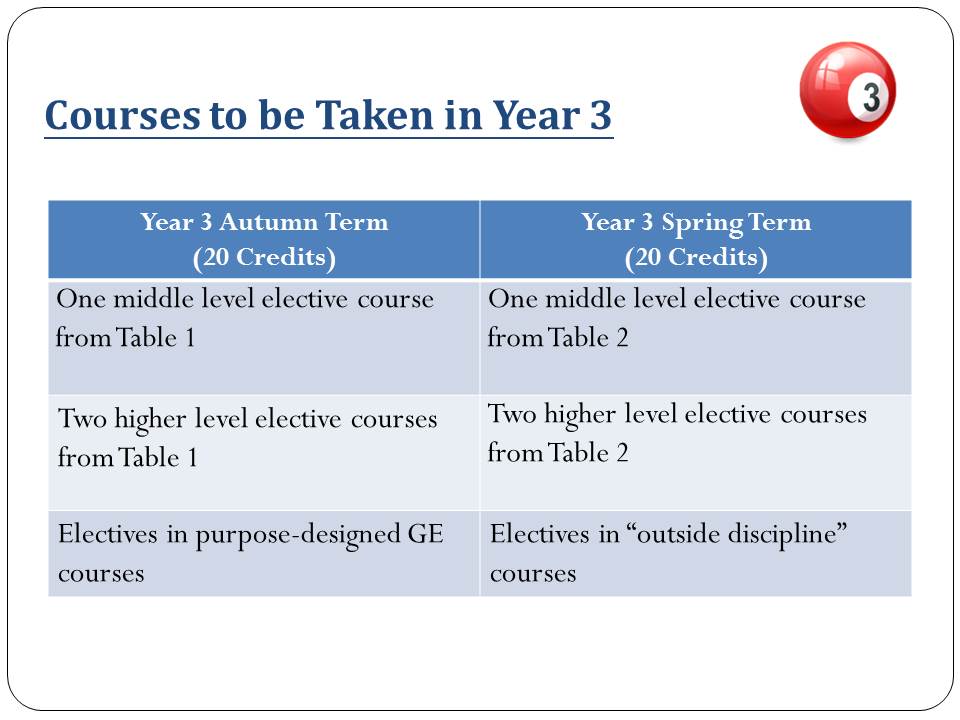A Comprehensive Guide: How Much in Student Loans Should I Take Out for a Successful College Experience?
#### Translation: How much in student loans should I take outWhen considering the financial aspects of higher education, a crucial question arises: How much……
#### Translation: How much in student loans should I take out
When considering the financial aspects of higher education, a crucial question arises: How much in student loans should I take out? This decision can significantly impact your financial future, and understanding the factors that influence this amount is essential for making informed choices.
#### Understanding Student Loans
Student loans are financial aids that help cover the cost of college tuition, fees, and living expenses. They can be federal or private, each with its own terms, interest rates, and repayment plans. Before diving into how much you should borrow, it's important to understand the types of loans available:
1. **Federal Student Loans**: These are typically more favorable as they offer lower interest rates and flexible repayment options. They include Direct Subsidized Loans, Direct Unsubsidized Loans, and Direct PLUS Loans.
2. **Private Student Loans**: These loans are offered by banks or private lenders and often require a credit check. They can have higher interest rates and less flexible repayment options.

#### Factors to Consider When Determining Loan Amounts
When asking how much in student loans should I take out, several factors should influence your decision:
1. **Cost of Attendance**: Calculate the total cost of your education, including tuition, fees, room and board, books, and personal expenses. This will give you a clearer picture of how much you need to borrow.
2. **Expected Family Contribution (EFC)**: Your EFC is an estimate of how much your family can contribute to your education based on financial information submitted through the FAFSA. The lower your EFC, the more financial aid you may qualify for.
3. **Other Financial Aid**: Consider scholarships, grants, and work-study opportunities that can reduce the amount you need to borrow. Always exhaust these options before turning to loans.

4. **Future Earnings Potential**: Research the earning potential of your chosen field. Ideally, your future salary should be sufficient to cover your loan payments comfortably. A general rule of thumb is to keep your total student loan debt below your expected first-year salary.
5. **Repayment Plans**: Understand the repayment options available for federal loans, including income-driven repayment plans that can adjust your monthly payments based on your income.
#### Calculating the Right Amount
To determine how much in student loans should I take out, start by creating a budget. List all your expected expenses and subtract any scholarships and grants you have received. The remaining amount is what you may need to borrow.
For example, if your total cost of attendance is $30,000, and you receive $10,000 in scholarships, you may need to take out $20,000 in loans. However, be mindful of how this amount fits into your overall financial plan.

#### Conclusion
In conclusion, the question of how much in student loans should I take out is not a one-size-fits-all answer. It requires careful consideration of your financial situation, educational goals, and future career prospects. By thoroughly assessing your needs and exploring all available options, you can make a more informed decision that supports your academic journey while minimizing financial stress in the future. Remember, the goal is to invest in your education wisely, ensuring that your student loans help pave the way for a successful and fulfilling career.